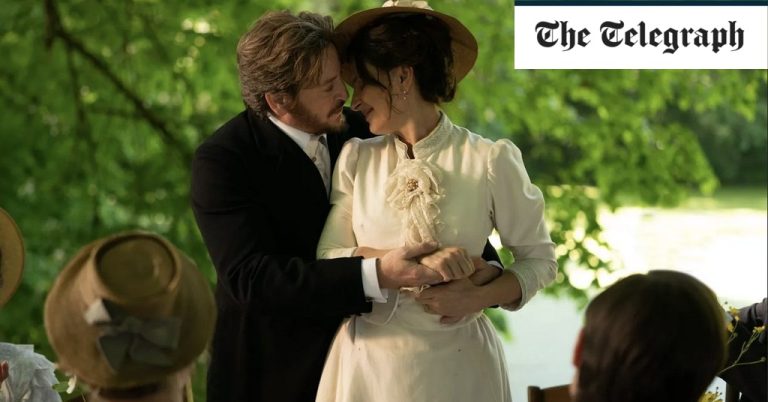Sometimes while watching a film you will find yourself marvelling in passing at its visual effects budget, or its costume budget. But I’m fairly sure The Taste of Things (originally titled The Pot-au-Feu), is the first to make me reel at its butter budget. In this mouth-watering banquet of full-fat foodie cinema from the Vietnamese-French director Tran Anh Hung, there are lashings of the stuff everywhere: melting, sizzling, drizzling, being whipped, folded and churned, and making every image it appears in glisten with deliciousness.
Tran’s first film since 2016’s Eternity is an adaptation of a 1926 comic novel by the Swiss author Marcel Rouff about a legendary gourmet called Dodin Bouffant, who here is nicknamed “the Napoleon of the culinary arts” and is endearingly played by Benoît Magimel. The year is 1885; the location a picturesquely crumbling chateau in Pissarro-canvas rural France. For the last two decades here, Dodin has employed a brilliant cook called Eugénie Chatagne, played with real wit and delicacy by Juliette Binoche: the two have also fallen in love, though Dodin’s numerous offers of marriage have been thus far rebuffed.
Together the two regularly prepare extraordinary meals for Dodin’s friends, who constitute a sort of local gourmet club – and a large part of the film’s running time is taken up with simply watching people cook and eat. It’s clearly gunning for a spot in the foodie film canon alongside the likes of Big Night and Babette’s Feast, and earns its place there with its virtuosic 18-minute opening sequence alone, in which Dodin, Eugénie and their maid Violette (Galatea Bellugi) simultaneously bring into existence what could be anything between three and 300 dishes.
The scene is a treat for two main reasons: the dance-like spectacle of the trio’s calm but disciplined cooking process, and the slow, warm way in which it welcomes us into Dodin’s kitchen – part lab, part factory, part artist’s studio – where these wondrous dishes are being conjured. (Each was designed for the film by the legendary French chef Pierre Gagnaire.) Sorry, yes, and there’s a third reason too, which also holds for the rest of the film: the look and sound of the food is so vividly and lovingly captured, you’ll swear you can smell and taste every shot of it too.
